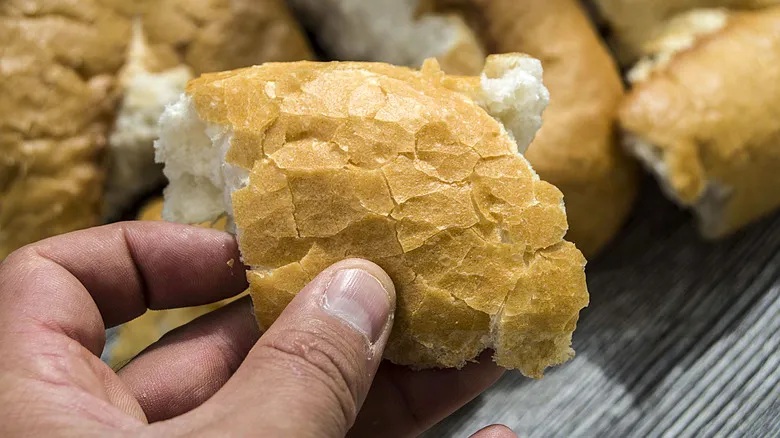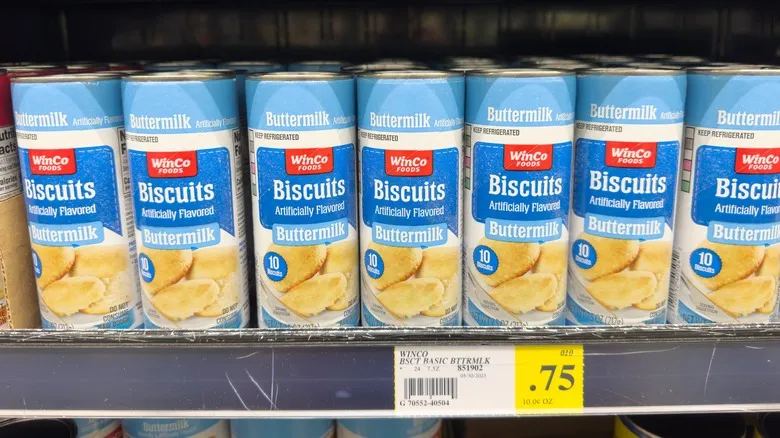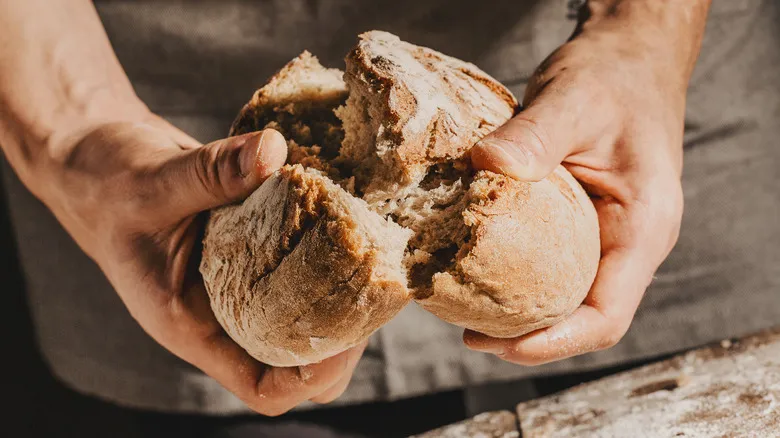How to soften bread that's gone stale

Reheating bread in the oven is the most reliable method to reverse starch retrogradation. Start by moistening the exterior of the bread with water. The drier the loaf or the thicker the crust, the more water you'll need to apply. Wrap the damp loaf securely in aluminum foil and place it in a cold oven set to 300 degrees Fahrenheit for 10 to 15 minutes. For a crispy crust, unwrap the bread and let it finish baking on the oven rack for an additional five minutes.
Alternatively, you can restore the bread's softness in the microwave by using a damp cloth instead of aluminum foil, heating it in 10 to 15-second intervals. Another option is to use a steamer basket or colander over a pot of boiling water for about five minutes.
While it's possible to refresh bread, proper storage is crucial for keeping homemade bread fresh. Store it in a sealed plastic bag or an airtight container in a breadbox to prolong its freshness. Avoid refrigerating bread, as cold temperatures above freezing cause starch molecules to recrystallize more quickly. For long-term storage, the freezer is a suitable option; just thaw the bread at room temperature when you're ready to use it. By combining the right storage techniques with one of these resoftening methods, you can enjoy chewy bread whenever you desire — which is essentially all the time.
Recommended

The Underrated Vegetable That Belongs In Your Cakes

The Banana Bread Gordon Ramsay Says Is So Good 'It Makes You Curse'

Make Angel Food Cake So Much Easier With One Extra Ingredient

For The Best Canned Biscuits, Skip The Oven
Next up

